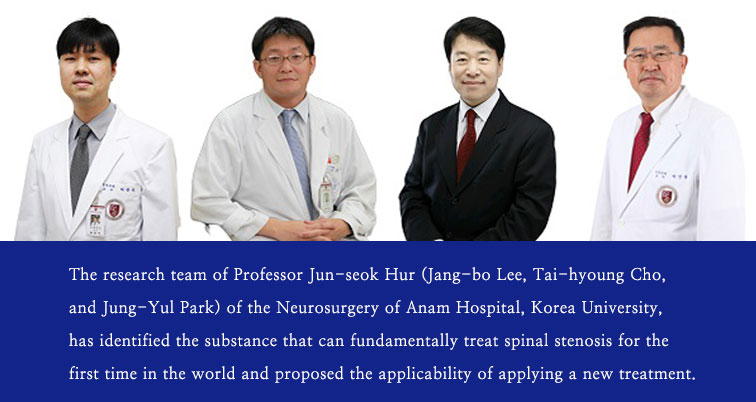RELATED Live.
- About us
- KIMA Members
-
KIMA Doctors
- All
- Anesthesiology
- artificial joint center
- Breast and Endocrine Surgery
- Breast cancer and thyroid cancer center
- Breast Surgery
- Cardiology
- Cardiothoracic Surgery
- Cerebrovascular Center
- Colorectal Surgery
- dental and maxillofacial surgery
- Dermatology
- Endocrinology
- Gastroenterology
- General Surgery
- Genito-Urology
- Hematology
- Hemato-oncology
- Infection Center
- Internal Medicine
- International Healthcare Center
- Korean Medicine
- liver center/Pancreas and billiary tract center
- Liver Transplantation
- Neurology
- Neurosurgery
- Obstetrics & Gynecology
- Ophthalmology
- Orthopedic
- Otorhinolaryngology
- Pediatric & Juvenile
- Pediatric Allergy and Respiratory Diseases
- Pediatric Gastroenterology
- Pediatric Neurology
- Pediatrics
- Physical Medicine & Rehabilitation
- Plastic & Reconstructive Surgery
- plastic surgery
- Pulmonology
- Radiation oncology
- Rheumatology
- Thyroid & Endocrine Surgery
- Urology
- Vascular Surgery
- KIMA News
- KIMA Live
- Community
KIMA NEWS

The research team of Professor Jun-seok Hur (Jang-bo Lee, Tai-hyoung Cho, and Jung-Yul Park) of the Neurosurgery of Anam Hospital, Korea University, has identified the substance that can fundamentally treat spinal stenosis for the first time in the world and proposed the applicability of applying a new treatment. Spinal stenosis is a disease in which the spinal canal, the path through which nerves pass between the bones of the spine, narrows with degenerative changes. The spinal canal is surrounded by an intervertebral disc in the anterior, a yellow ligament in the posterior, and a facet joint in the side. Degenerative changes result in thickening of the yellow ligament and the facet joint, and bulging of the intervertebral disc, resulting in narrowing of the spinal canal. The narrowed spinal canal presses on the nerve cause claudication in the legs, which loses strength, and pain even a short walk. In mild cases, conservative treatments such as medications, injections, and rehabilitation may be helpful, but in severe stenosis, there is no specific treatment other than surgical treatment that widens the narrowed spinal canal. However, Professor Jun-seok Hur’s team are having attention, that they have been identified the new substance, and can be a clue to fundamentally treat spinal stenosis. The research team has led the study of spinal stenosis, revealing the mechanism of thickening of the yellow ligament, a major cause of stenosis. Previous studies have found that stimulation of TGF-β1 causes yellow ligament cells to change from fibroblasts to myofibroblasts, and this change leads to yellow ligament thickening. In this study, we identified for the first time in the world that one of the substances in our body that prevents thickening of the heart (CCN5) can slow yellow ligament thickening by regulating fibrotic mechanisms of yellow ligament cells. If effectively prevent the thickening of the yellow ligament, the main cause of spinal stenosis, the possibility of preventing and treating spinal stenosis will open. CRISPR gene scissor is a technique that precisely corrects DNA of the desired part in cells, and Professor Jun-seok Hur is leading the pioneering clinical research using CRISPR gene scissor, and this study also revealed the mechanism of thickening of yellow ligament using CRISPR gene scissor. Professor Jun-seok Hur said, “We plan to further develop CRISPR gene scissor to increase CCN5 activity and further integrate it into treatment.” Based on the findings, we will check the effects and side effects in animal models. 'We look forward to contributing to the development of drugs and the validation of treatments for clinical patients.' This paper (CCN5 Reduces Ligamentum Flavum Hypertrophy by Modulating the TGF-β Pathway) was published in the July 2019 issue of the “Journal of Orthopaedic Research”, the most prestigious international journal in the field, and have great attention from the academic community.
http://anam.kumc.or.kr/introduction/newsView.do?BNO=3845&cPage=1&BOARD_ID=B022
RELATED Doctor
RELATED Members
Inquiry